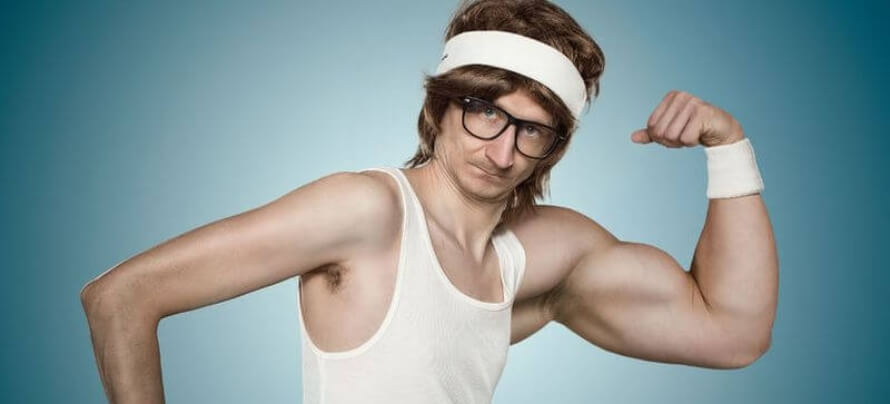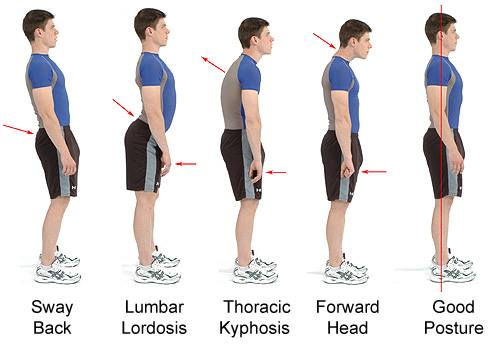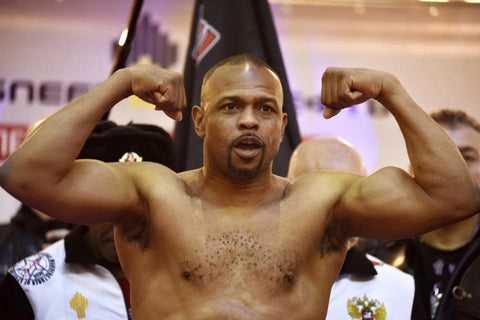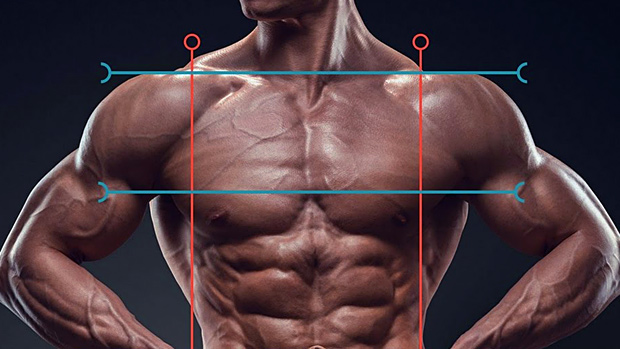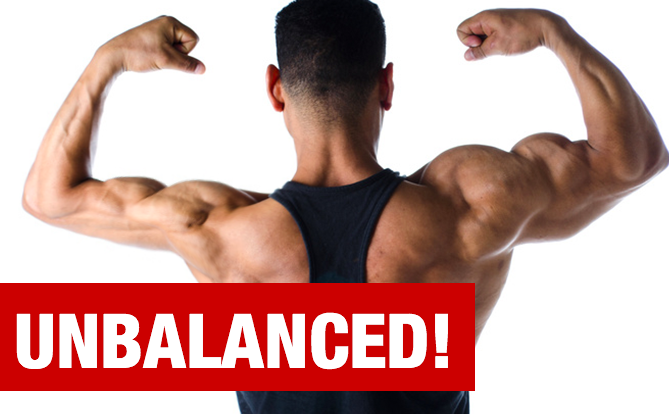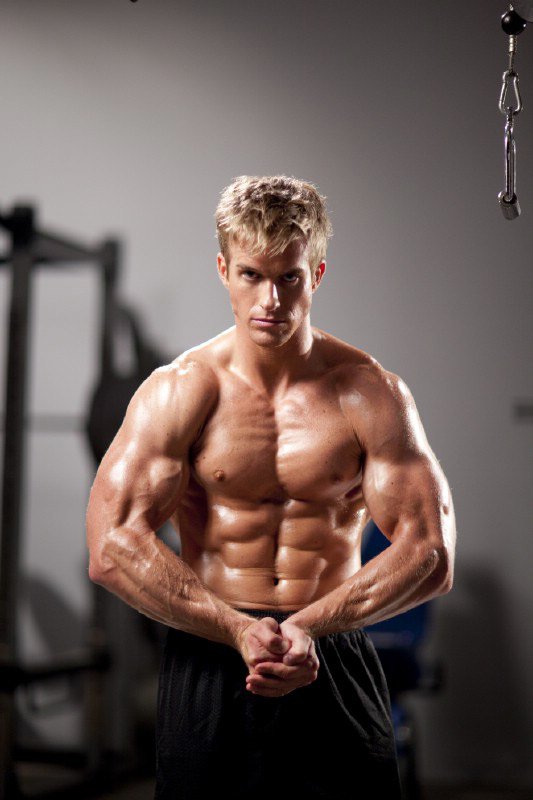Spectacular Tips About How To Correct Muscle Imbalance

Muscle imbalance can cause limited mobility, pain, and an unbalanced gait or appearance.
How to correct muscle imbalance. Once the muscle imbalance has been located then the correct. One day you train pushing. As you can tell by the thumbnail today we're talking about muscle imbalances so if you're dealing with one then this will help you fix it!this is one of thos.
In fact there are two methods that you can use. Do as many reps as you can, then match that number with your strong side. Another step for avoiding or fixing muscle.
But you need to be careful not. Increase workout load on the weaker side, or reduce the workout load on your. The best way to correct a muscle imbalance is through flexibility, balance, and stability training exercises.
Up to 16% cash back muscle balance therapy. The first one would be to perform your training on a push/pull split. Exercises for correcting a muscular imbalance below is a short list of exercise options you can use to help develop the weaker muscles commonly seen in athletes and every.
Exercises, such as muscle imbalance stretches, will help you fix the proportional imbalances. Luckily there is an easy way to fix this. Train your lower body as much as you train your upper body;
During this time, the trainees. For example, if lifting weights or. Narrow that gap by performing all unilateral exercises with your weak side first.
Bend your right knee and shift your weight to the right, tracking your knee over your. To fix a muscle imbalance, you need to make your weaker muscles work harder so that they can grow and perform the same as the stronger side. Keep your workouts balanced to avoid muscle imbalances.
If you have muscular imbalances, you can correct them with focused training. Normal movement and function is dependent on opposing muscle groups being in. Avoid trying to build huge muscles in one area.
A 2015 study on elite fencers showed that the heavy use of lunging while fencing results in an imbalance of the lower and upper limb muscles. It's ground into you from the first day you set foot in the gym:



